As a teacher, I’m always looking for creative ways to make learning meaningful and memorable. This week, I combined yoga, geometry, and a little marshmallow magic to bring movement and math together in a playful, hands-on way.
We started with familiar yoga poses — Tree, Butterfly, Aeroplane, Star, and Chair — each one helping students explore balance, focus, and body awareness. But these weren’t just stretches; they were shape stories. Tree became a triangle, Star was a literal star, and Chair reminded us of squares and rectangles. Students began to see how their bodies could form shapes, and how those shapes connect to the world around them.
To build on this, I will introduce Bridge Pose,
https://www.tiktok.com/@kohat_tiger_tkd/video/7537380504501357831?is_from_webapp=1&sender_device=pc
This will open up a conversation about arches and symmetry. Then came the marshmallows. Using toothpicks and marshmallows, students built hexagons, bridges, and other geometric forms. We can count sides, discuss angles, and explore how shapes support structures — all while giggling through sticky fingers and sweet surprises.
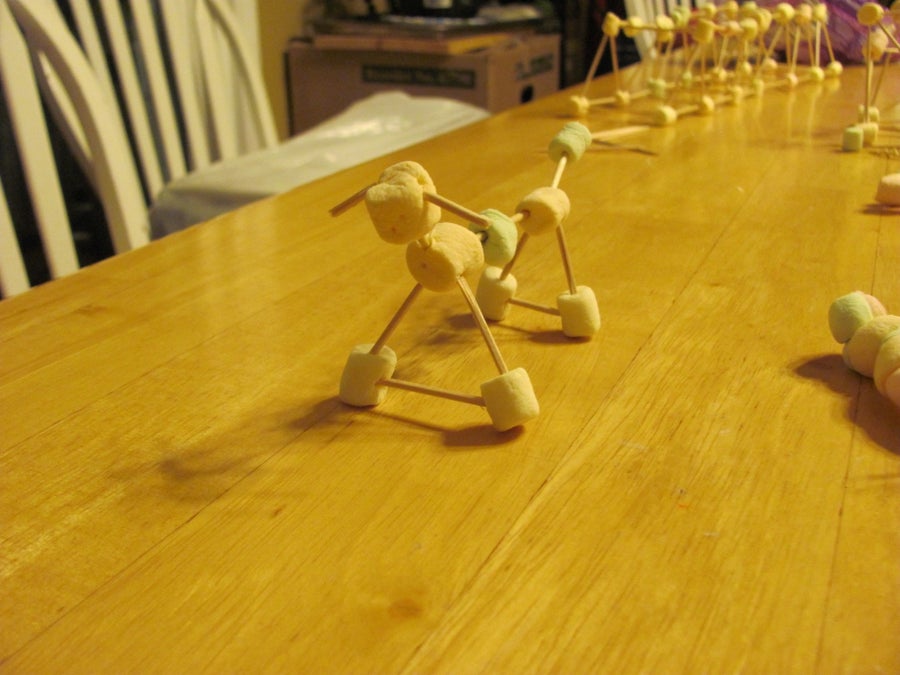
marshmallow learning
This blend of movement and math is going to spark curiosity and teamwork. Students will be engaged, focused, and excited to learn. It reminds me that learning doesn’t have to be confined to desks and worksheets. When we move, build, and imagine together, we create a classroom full of energy, creativity, and connection.
Teaching this way isn’t just fun — it’s powerful. It helps students connect ideas across subjects, express themselves physically and mentally, and most importantly, enjoy the process of learning.
Yoga helps students focus, breathe, and connect with their bodies. Linking poses to shapes made abstract math ideas feel real and fun. We talked about angles, symmetry, and spatial awareness – all while stretching and moving. It was a great way to blend physical activity with academic learning.

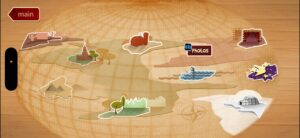
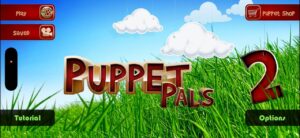
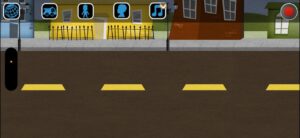
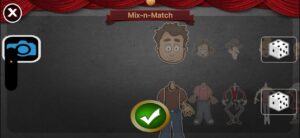
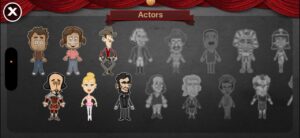
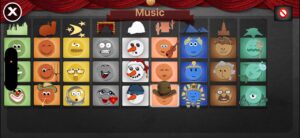
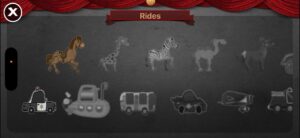
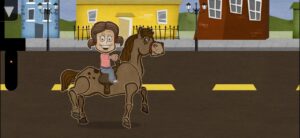
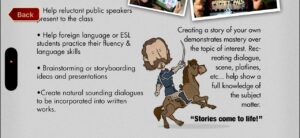
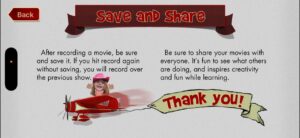
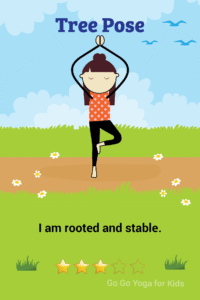
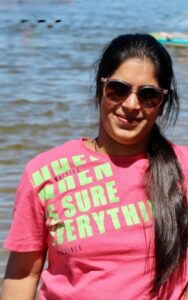 to have a father who believed in my dreams. His unwavering support helped me rise above gender biases and pursue academic excellence. From a young age, I’ve loved helping others learn.
to have a father who believed in my dreams. His unwavering support helped me rise above gender biases and pursue academic excellence. From a young age, I’ve loved helping others learn.